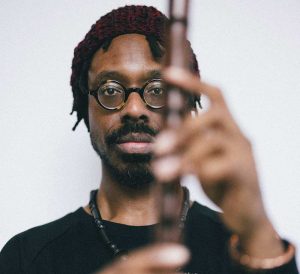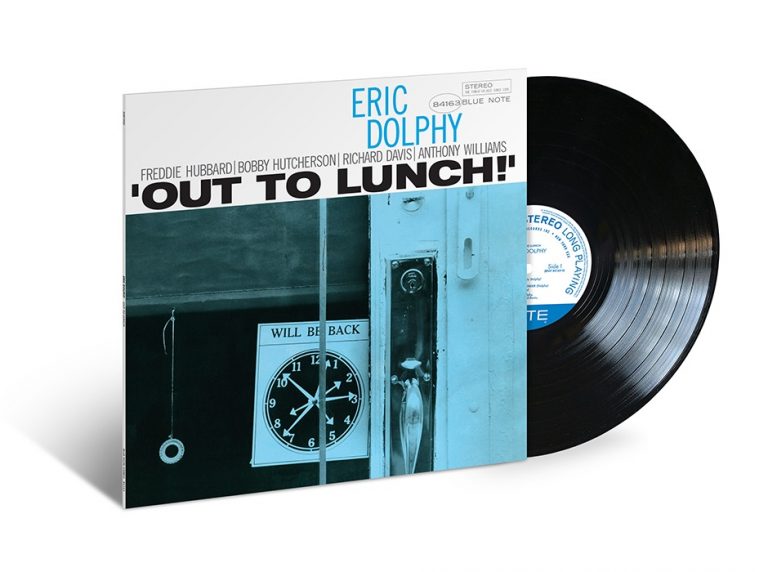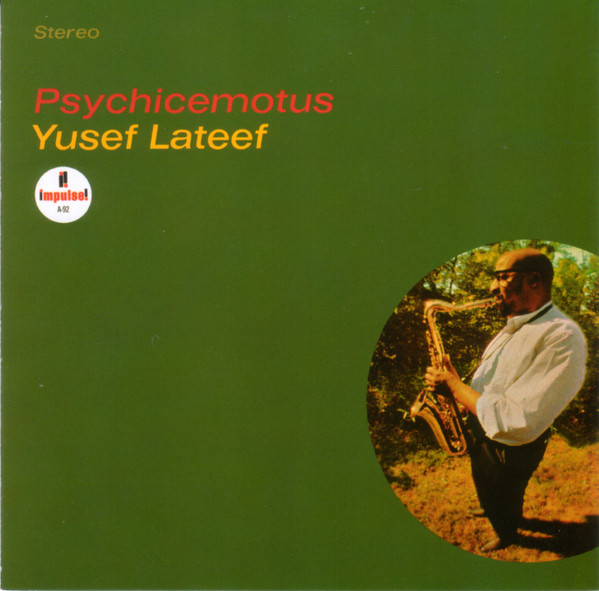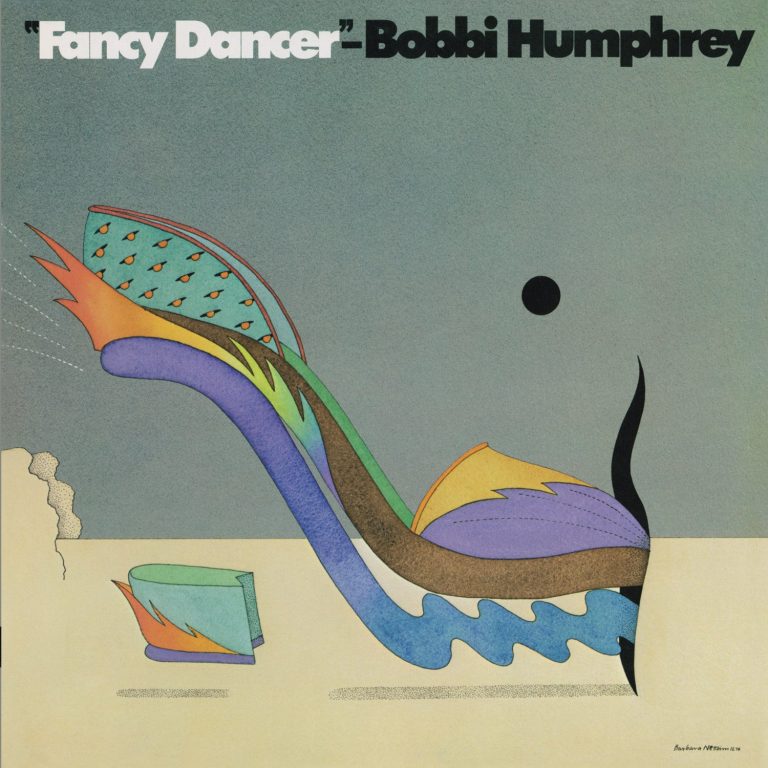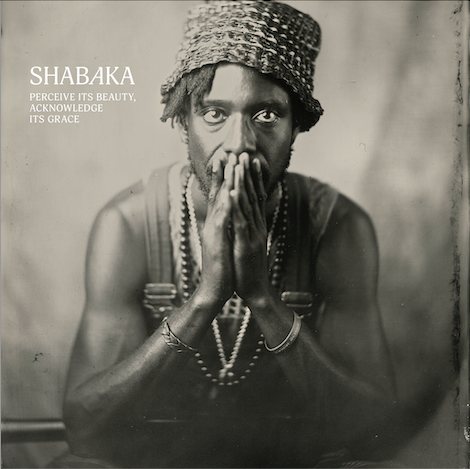“The only way to keep that spark that made you successful in the first place is to follow your artistic intuition as soon as it suggests a particular direction,” Shabaka Hutchings told The Guardian in March 2024. “If I don’t follow that intuition … at some point, the music will become stale.”
When Shabaka Hutchings announced in July 2023 that he was setting aside the saxophone and focusing solely on the flute, he was continuing a long legacy of this less celebrated wind instrument in jazz while also symbolising its current renaissance.
It was a similar jump into the unknown that inspired the ex Outkast rapper Andre 3000 when he made “New Blue Sun” what became known as his “flute album” in 2023. “They’re almost like formations, like you’re hearing something as it’s happening. It’s a living, breathing, sound exploration,” he told Highsnobiety magazine.
Both Shabaka and Andre 3000 are reaching back into a deep history of the flute in jazz despite it being somewhat overlooked compared with its woodwind cousins. Born in Manzanillo, Cuba, in 1908, Alberto Socarras can be regarded as the founding father of jazz flute for the recordings he made with American pianist Clarence Williams for the Okeh label in the 1920s. Following in Soccaras’ footsteps was the multi reed player Wayman Carver who played with bandleader and drummer Chick Webb and his Orchestra AKA Ella Fitzgerald And Her Famous Orchestra.
Other saxophonists such as Buddy Collette also doubled on flute. Colette played with Buddy Rich And His Orchestra as well as in his own ensembles. But it was really in the early outings by Herbie Mann for Bethlehem Records in the mid 1950s that the flute found its modern sound in jazz. Like Shabaka, and indeed nearly all jazz flute players, Herbie Mann had made his first recordings on the saxophone. But also like Shabaka he found in the flute an instrument that lent itself to the musical explorations he wanted to undertake, firstly in Brazilian and later African and Eastern music.
Whether taking up the flute as their sole instrument like Hubert Laws and Bobbi Humphrey or doubling up on it alongside other wind instruments like Yusef Lateef, Roland Kirk, Eric Dolphy, and Don Cherry, the musicians who followed Mann were similarly inspired by the sonic possibilities in the music – be it free jazz, fusion or world jazz.
Shabaka and Andre 3000’s latest incursions into jazz flute have been bracketed with the rather restrictive term “ambient jazz” or “new age jazz”. Genre tags aside, the flute is once again bringing new textures to jazz and providing enlightening avenues of experimentation. We look at some of the different sides of the jazz flute where musicians for Blue Note and Impulse! have been similarly liberated by the possibilities of the instrument.
Eric Dolphy – Out to Lunch
Of all the saxophonists who doubled up on flute it could be argued that none mastered the instrument with as much variety in sound and depth of harmonics as Eric Dolphy. As with his alto and bass clarinet playing on his classic Blue Note albums, his flute work has been an ongoing inspiration for generations of players. Recorded shortly before he passed away “Out to Lunch” featured some of the most advanced flute jazz of the post bop era. Named after classical flautist Severino Gazzelloni who taught Dolphy, ‘Gazzelloni’ demonstrated his full mastery of the instrument that was every bit as progressive and free as his saxophone playing.

Yusef Lateef – Psychicemotus
In learning to master the ancient Japanese bamboo flute known as the Shakuhachi, Shabaka Hutchings was following in the path of Yusef Lateef, who used a range of different flutes from Eastern cultures in his groundbreaking 1960s recordings for Impulse! Recorded in July 1965 at Van Gelder Studio, “Psychicemotus” is one of the great post bop/modal albums of the mid 1960s and a great entry into Yusef Lateef as a flautist. From his exploratory tonal shifts on the title track to his deep plaintive playing on “Bamboo Flute Blues” Lateef mesmerises in a quartet of Reggie Workman on bass, James Black on drums and Georges Arvanitas on piano.

Bobbi Humphrey – Fancy Dancer
The 21 year old Texan announced her arrival at Blue Note with “Flute-In” from 1971. The album was produced by Blue Note’s new label owner George Butler, but it was her series of LPs with the Mizell Brothers (Sky High Productions) that made her a legend of the jazz funk scene. The relationship began with her best known album “Blacks And Blues” from 1974 and ended with “Fancy Dancer” from 1975. Recorded at Sound Factory Studio Hollywood in August and September of that year, “Fancy Dancer” featured Humphrey’s soaring and sonorous aluminium flute alongside regular Sky High musicians pianist Skip Scarborough and drummer Harvey Mason.

Shabaka – Perceive its Beauty Acknowledge Its Grace
It was during the free time of COVID lockdowns that Shabaka began to master the flute.
“It made me think: ‘What do I want to practise?’ I realised I had this shakuhachi flute that I’d bought the previous year in Japan, and what I actually wanted to do was learn it,” he told The Guardian in March 2024. The first results were heard on the “Afrikan Culture” album in 2022 but it wasn’t until the turn of the next year that he decided to focus solely on the flute. Created with a vast array of bamboo flutes from across the world, “Perceive its beauty, Acknowledge its Grace” is what came out of this surprising and brave move. Featuring guests including Carlos Niño (the LA percussionist/producer of the new album by Andre 3000 who also appears here on a Mayan drone flute), bassist Esperanza Spalding, harpist Brandee Younger, pianist Nduduzo Makhathini, and Shabaka’s father the dub poet Anum Iyapo, it’s a spiritually charged and hypnotic suite of music that redraws the boundaries of jazz flute.
Read on…How George Butler took Blue Note Records Sky High
Andy Thomas is a London based writer who has contributed regularly to Straight No Chaser, Wax Poetics, We Jazz, Red Bull Music Academy, and Bandcamp Daily. He has also written liner notes for Strut, Soul Jazz and Brownswood Recordings as well as storyboards for short films at RBMA.
Header image: Shabaka. Photo: atibaphoto / Impulse! Records.


